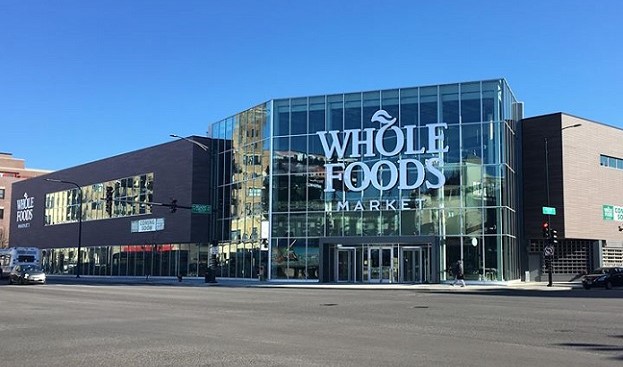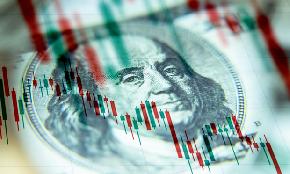 Whole Foods in Chicago’s Lakeview neighborhood. The grocer was this month for the first time truly part of Amazon’s latest Prime Day.
Whole Foods in Chicago’s Lakeview neighborhood. The grocer was this month for the first time truly part of Amazon’s latest Prime Day.
CHICAGO—Shopping on the internet has already transformed the nation’s industrial real estate sector, but e-commerce firms are still experimenting with ways to better incorporate new buying habits into consumers’ lives, strategies that will further boost e-commerce and fuel further expansion.
Amazon took a cue from China’s Alibaba by creating in July 2015 a new holiday shopping day, called Amazon Prime Day, that attempts to drive a huge volume of sales through discounts on products and memberships. This year’s Prime Day, which began on July 16 and stretched for 30 hours, led the company’s site to crash for several hours. Although the company does not disclose sales numbers, Internet Retailer estimated that last year’s Prime Day brought $2.4 billion in sales, a roughly 60% boost over the previous year and not far off the $3.3 billion and $3.4 billion sold on the previous Black Friday and Cyber Monday.
“Prime creates another destination day,” Benjamin D. Conwell, senior managing director of Cushman & Wakefield’s newCommerce Advisory Group, tells GlobeSt.com. It is still far behind Alibaba’s Singles Day, which generated $17.8 billion in sales in 2016, according to Internet Retailer. But many other firms, including Walmart, Target and Best Buy have also started their own discount shopping days. “It’s inevitable we will see it grow into something more truly global.”
Destination days smooth out demand, he adds, much of which was getting jammed into December and the two big days after Thanksgiving. “It’s a dry run, if you will, for the madness that happens on Black Friday and Cyber Monday,” a “Christmas in July for retailers, parcel delivery firms, and other stakeholders” that helps decrease pressure on existing infrastructure. Furthermore, such summertime destination days get shoppers accustomed to buying online throughout a given year.
Online shopping has grown at a steady and predictable rate of about 15% year after year, Conwell says, and making it more a part of everyday life, and not just at Christmastime, should further increase its use. “We at Cushman & Wakefield don’t see a significant threat that it won’t continue for the foreseeable future.”
In just five years, demand for e-commerce distribution space has grown from less than 5% of US industrial leasing to consistently comprising 22-25% of absorption, according to C&W’s data.
Amazon acquired Whole Foods last year just weeks before Prime Day, so this was also the first year the internet giant was able to truly leverage the grocer’s network, Conwell says. Shoppers who ordered goods online could collect them at their local Whole Foods, another step in building brand loyalty to both companies.
And even though Amazon currently has the dominant position in online sales, “the game is not over.” A company like Walmart, for example, has the scale to compete, and will use its own hyper-promoted discount days to drive its own online sales. “I think this is a trend that we will see more of.”

















 Copyright © 2024 ALM Global, LLC. All Rights Reserved.
Copyright © 2024 ALM Global, LLC. All Rights Reserved.